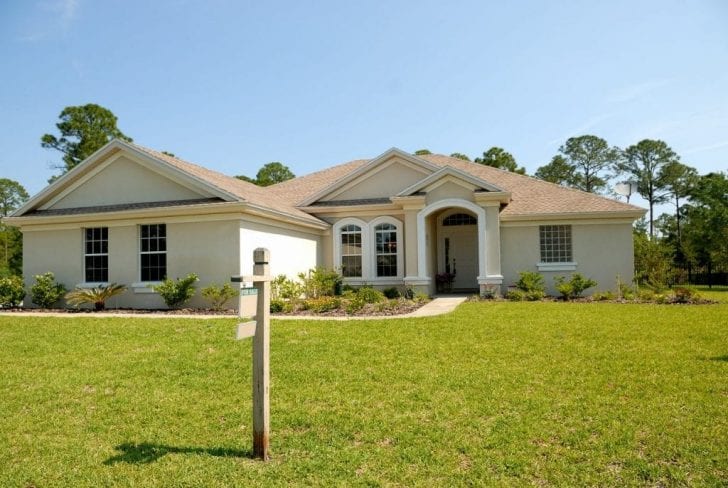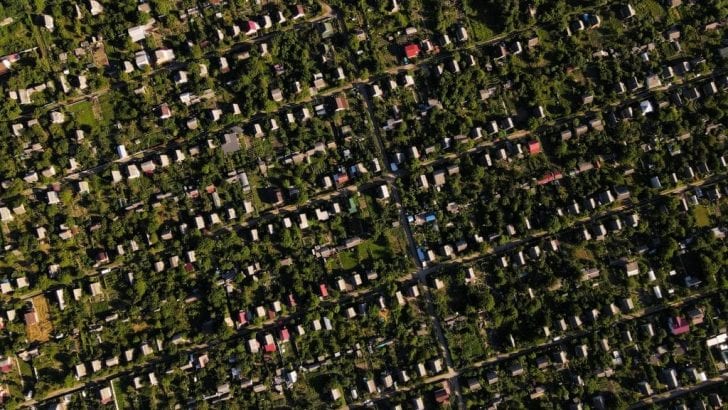If you’re looking for an act of courage, property investment is your best bet. There’s always a leap of faith required no matter how informed or experienced you are or even how much research you’ve done. In most cases, you’ll find that smart investment makes the leap well worth it, but bear in mind that ‘smart’ is the keyword here.

Understanding Property Hotspots
Ian Ugarte, a housing affordability expert, recommends approaching the term “hotspot” with precaution and care, especially in the current market climate. Demand is already hitting the roof by the time an area or suburb is marked as a hotspot. By this time, fear of missing out causes buyers to flock to the area, pooling in their money and helping prices skyrocket even more.
Ugarte compares the phenomena to betting your money on a horse that has already won the race. That fear of missing out, he claims, ensures that the buyer spends a higher price than the property was initially worth.
Finding Viable Warm-spots
Ugarte advises people to pay attention to market intelligence and start taking property warm spots i.e. suburbs that are yet to be discovered. And, you’ll find that they aren’t that difficult to locate.
The areas surrounding hotspots are the warm-spots that you have to pull your attention to. Once prices in the hotspot become unaffordable, these once cold regions start appearing more desirable due to their low prices.
When you start tracking the market, you’ll see this area go from cold to warm, and well on its way to becoming a hotspot in clear terms. When median house prices start increasing, and houses start sitting on the market for a shorter time, that’s your prime time to get into the market.

Tips for Unearthing Warm-Spots
1. Research Days on Market: In the US, MLS can provide you a ton of information on the latest activity in a neighborhood. You can gauge for long on average properties remain on the market. The pace with which the average falls will tell you whether or not it’s time to invest.
2. Study Median-Price Heat Maps: To discover the median-price of an area, simply head over to Google and search ‘name of suburb + property heat maps’. This should produce images that answer your questions. What you’re searching for is cold patches surrounding hotter patches.
3. Notice Nearby Infrastructure: Once a suburb starts hosting large state and federal infrastructure, take it as a sign for accelerating demand. On the other hand, if you spot a Greenfield Estate, avoid the area altogether.

When the dentist and taxi driver tell you to invest in an area, one final tip before signing off- consider it already too late.
